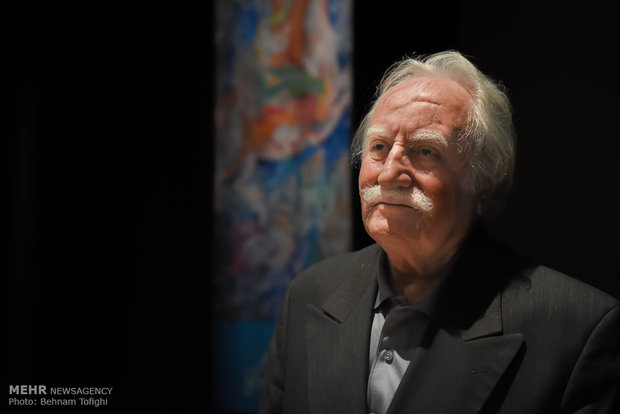Persian miniature; Iranians’ exquisite art

The word miniature has entered the Persian language in the middle of the recent century, and almost since the Qajar period (1789–1925).
Persian miniature has made a path for the emergence of divine effects in Iranian painting before the advent of Islam; and, afterward, has finally merged with theosophy and Islamic thoughts.
Miniature originated in Iran and afterward has spread to China; and, in the Mongol period, it returned to Iran in a rather developed form.
Early in the Islamic era, Iranian artists made an extraordinary effort to complete and develop this art, establishing special painting schools such as schools of Shiraz, Harat, Tabriz, Qazvin, and Isfahan, and combining it with Arabic script or handwriting.
In 2019, Persian miniature was registered on the National Intangible Cultural Heritage list as several artists, including miniature master Mahmud Farshchian, were added to the list as Living Human Treasures.
Master miniaturist Mahmud Farshchian

Born on January 24, 1930, Farshchian has been exhibited in over 57 individual shows and almost 90 group shows in Iran, Europe, America, and Asian countries.
The artist studied painting under the supervision of Haj Mirza Aqa Emami and Isa Bahadori.
arshchian is known as Iran’s master of miniatures, whose works have been displayed in numerous galleries and museums around the world such as the British Library, Freer Gallery of Art, Bibliotheque Nationale, Metropolitan Museum, and Harvard University.
His works are represented in several museums and major collections worldwide. He has been awarded more than ten prizes by various art institutes and cultural centers. He has a doctorate (grade 1 in arts) in Iranian painting and Islamic arts from the High Council of Culture and Art.
His masterpieces are on display at numerous museums and exhibitions worldwide.
UNESCO publishes selected paintings of Farshchian
UNESCO has published the selected paintings of Farshchian in Germany in 1991. The collection features 113 artworks of the prominent artist. The Master has presented the book “to all people of good will in the world” in introduction with 36 languages.
The global cultural body also published the selected paintings of the master in 2003 in Italy. Then Director-General of UNESCO Koïchiro Matsuura wrote an introduction for the priceless collection that consisted of 97 works of art.
Once he said in an interview that, “Iranian people love culture and I try to tell everybody in the world that Iran is the land of peace and friendship”.

Master miniaturist Mahmud Farshchian created “The Evening of Ashura” both to depict one of the greatest tragedies for Muslims and to represent the power of art in expressing major events of history.
The masterpiece portrays the helpless household of Imam Hussein (AS), mourning after his horse returns from the battlefield without him. Their deep grief for their beloved has been depicted perfectly in this Persian miniature painting.
He is recognized as the most important modernizing influence in miniatures. His name has been registered on Britain’s list of 2000 Outstanding Intellectuals of the 21st Century, and collectors feel it a great honor to possess one of his creations.
Reported by Tohid Mahmoudpour
source: en.mehrnews.com





